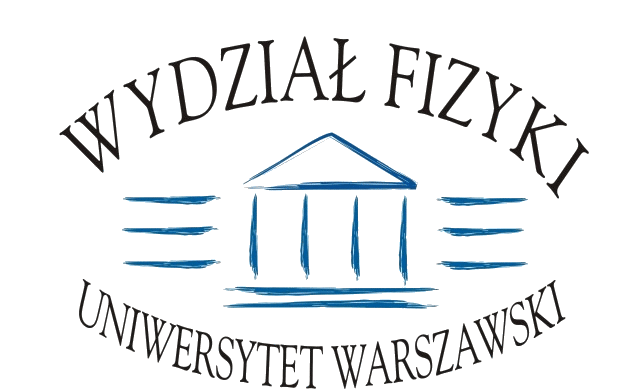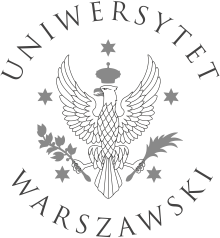Konwersatorium im. Jerzego Pniewskiego i Leopolda Infelda
2025-04-17
W poniedziałek 28 kwietnia 2025 r. o godz 11.00 w sali 0.06 odbędzie się Konwersatorium im. Jerzego Pniewskiego i Leopolda Infelda Wydziału Fizyki UW.
Wykład zatytułowany
"Photovoltaics – Current Status, Technologies, and Market Outlook"
wygłosi
Eicke R. Weber, prof. emerit., European Solar Manufacturing Council & UC Berkeley.
Produkcja energii na świecie w coraz większym stopniu opiera się na fotowoltaice. Na jakim etapie swojej drogi rozwoju są obecnie technologie fotowoltaiczne? Jakie są ich perspektywy rynkowe? M. in. na te pytania poznamy odpowiedź podczas wykładu prof. Webera, który fotowoltaiką zajmuje się od początku jej dynamicznego rozwoju w ostatnich dekadach.
Wykład odbędzie się w języku angielskim.
Przed Konwersatorium, od godz. 10.30, zapraszamy na nieformalne dyskusje przy kawie i ciastkach w holu przed salą 0.06.
Daty pozostałych Konwersatoriów w bieżącym semestrze to 26 maja i 9 czerwca 2025 r.
Zapraszamy gorąco i pozdrawiamy
Barbara Badełek
Jan Chwedeńczuk
Jan Kalinowski
Jan Suffczyński
Abstract:
Photovoltaics – Current Status, Technologies, and Market Outlook
Eicke R. Weber
Prof. emerit., MSME, UC Berkeley
Chair, EU PV Domestic Production Portfolio Initiative (DPP)Former Director, Fraunhofer Institute for Solar Energy Systems, Freiburg
The global Photovoltaic (PV) market experienced consistent growth in the last decades, that can well be called unparalleled. Since 1992 it is achieving an average annual growth rate above 30%!
PV technology will continue to grow in energy conversion efficiency at ever falling cost. We started with the old industry standard PV technology, based on crystalline Si wafers, and characterized by an Al backsurface contact on a p-Si wafer. About 10 years ago this was replaced by Passivated Emitter and Rear Contact technology (PERC), where the wafer backside is covered by a well-passivating layer. Now we are at the brink of the third generation of c-Si PV technologies. There are fundamentally two third-generation technologies available, called TOPCON, because of the ultrathin tunneling oxide backside, and heterojunction, HjT, based on doped amorphous Si on both sides of the wafer. These technologies hold promise to increase solar energy conversion efficiencies towards 27%.
Beyond this, fourth-generation Si PV technologies will be needed, employing tandem structures with different band gaps, such Perovskite/Si or compound semiconductor/Si tandems. These structures are under development in many laboratories worldwide.
This decade will show who will be the winning technologies in the global multi-Terawatt market that we will witness at the end of this decade! We will discuss the current and emerging PV technology generations, and the growing markets for PV cells and modules.





